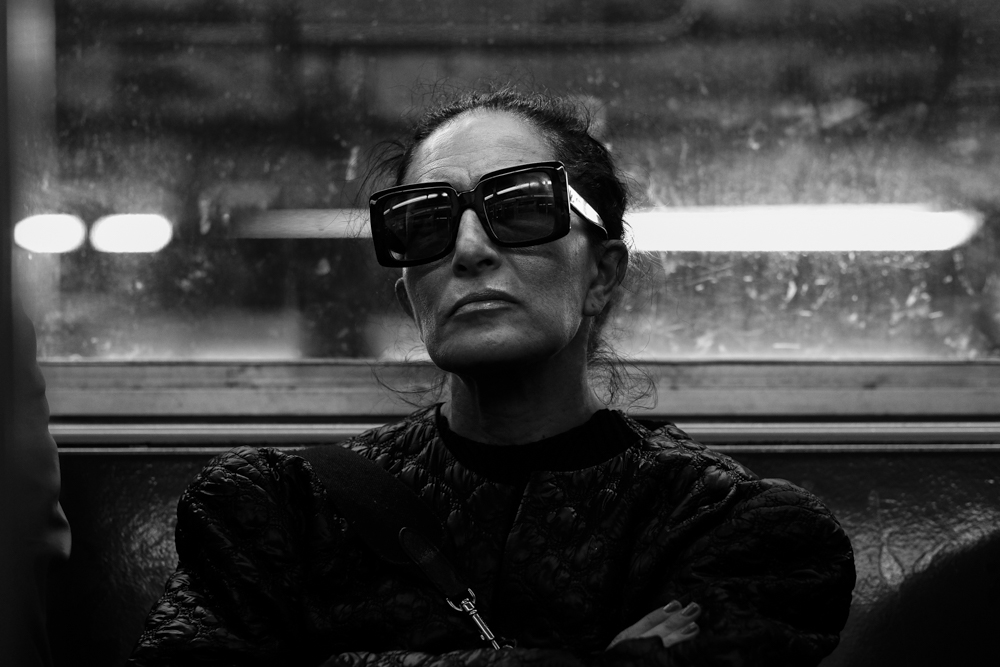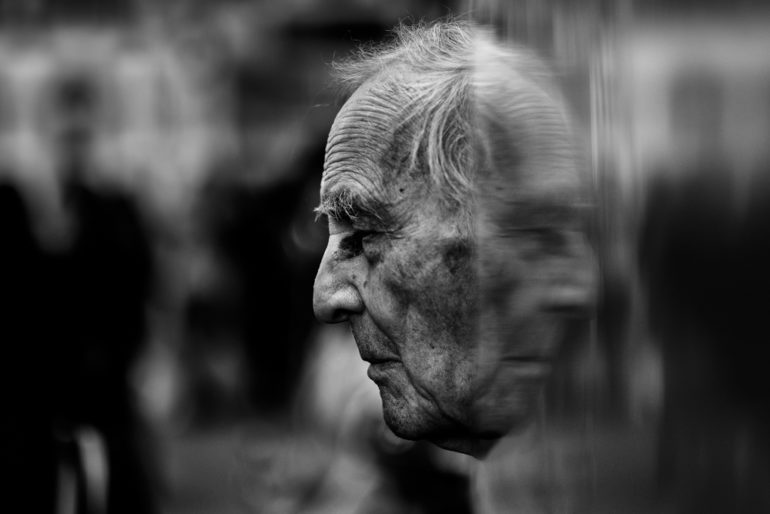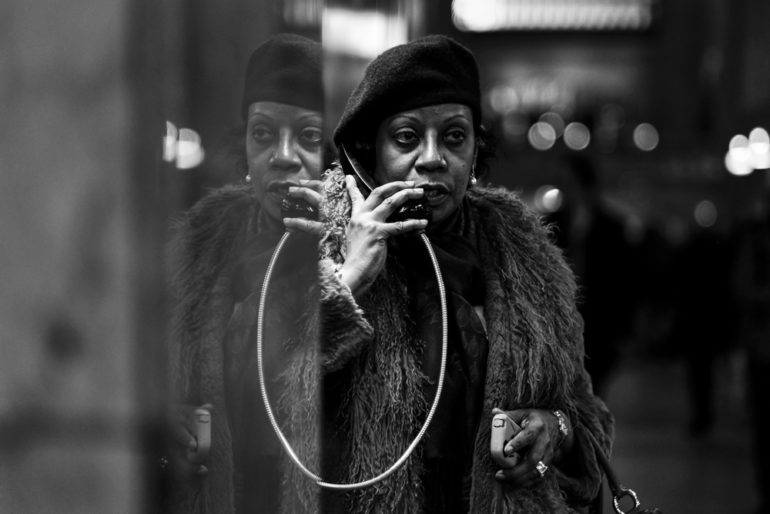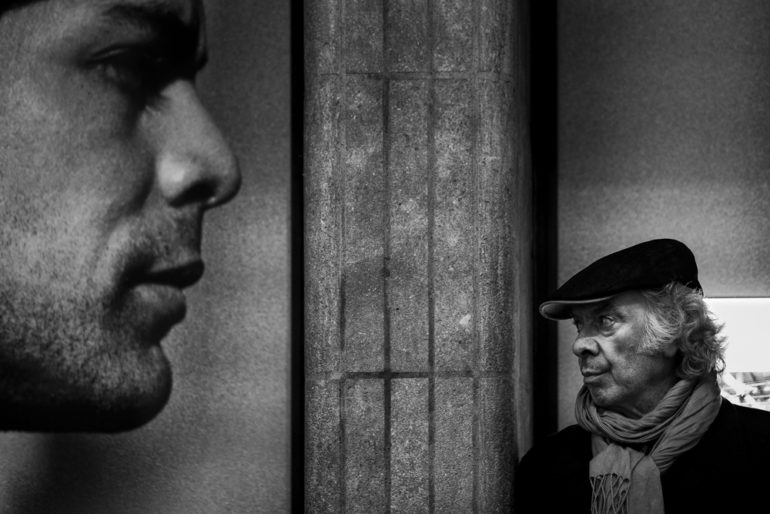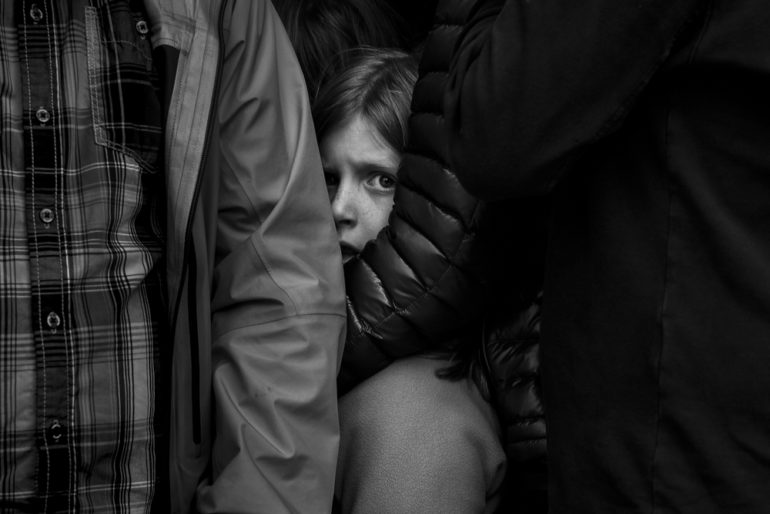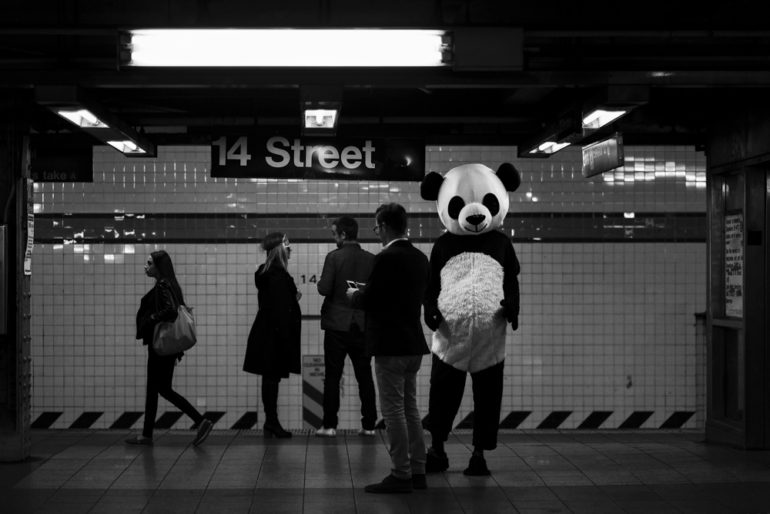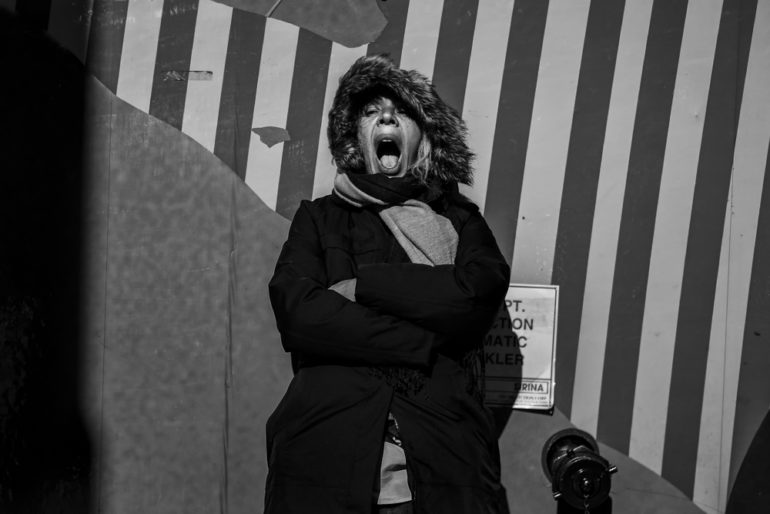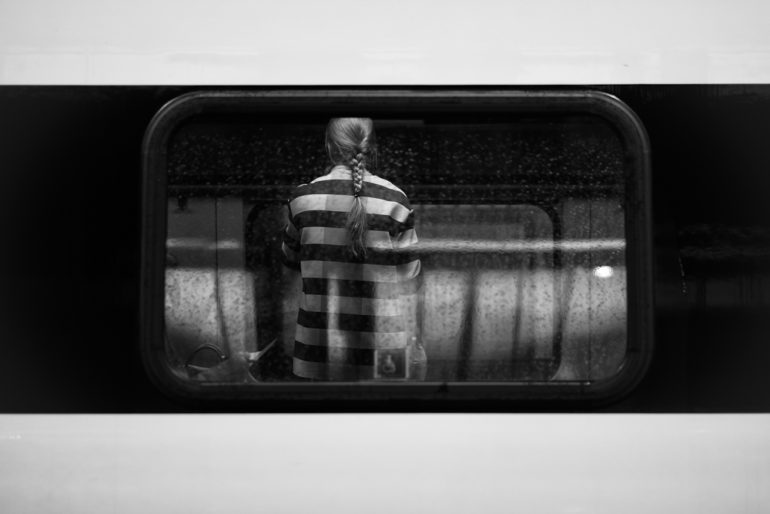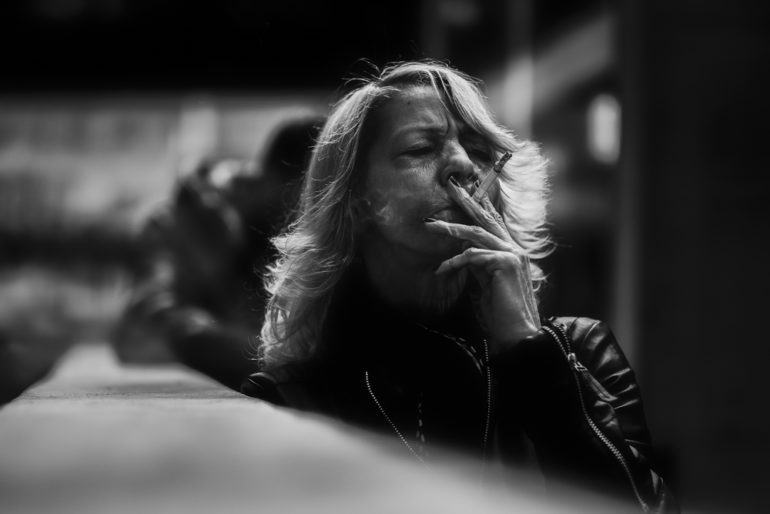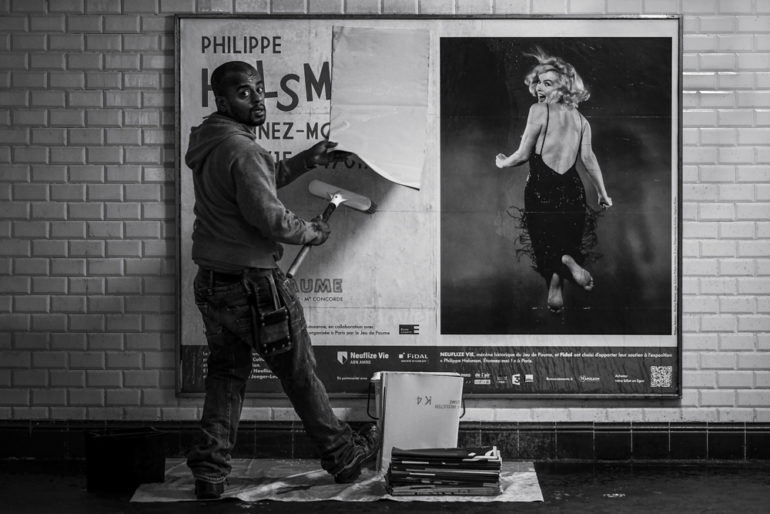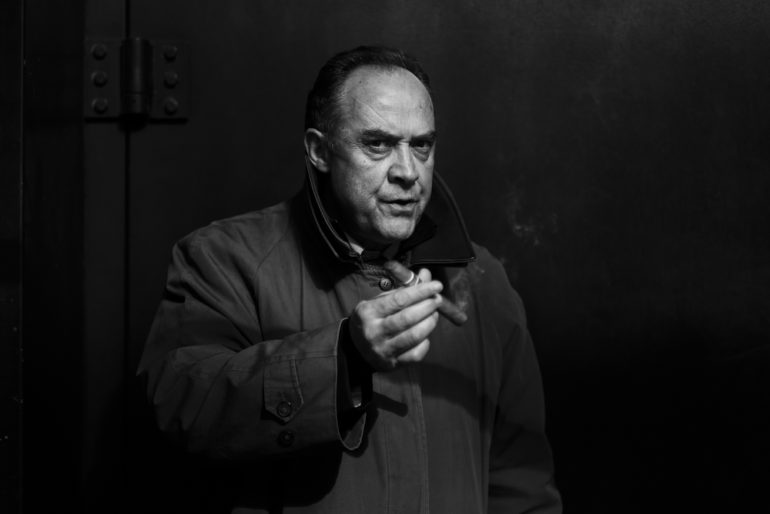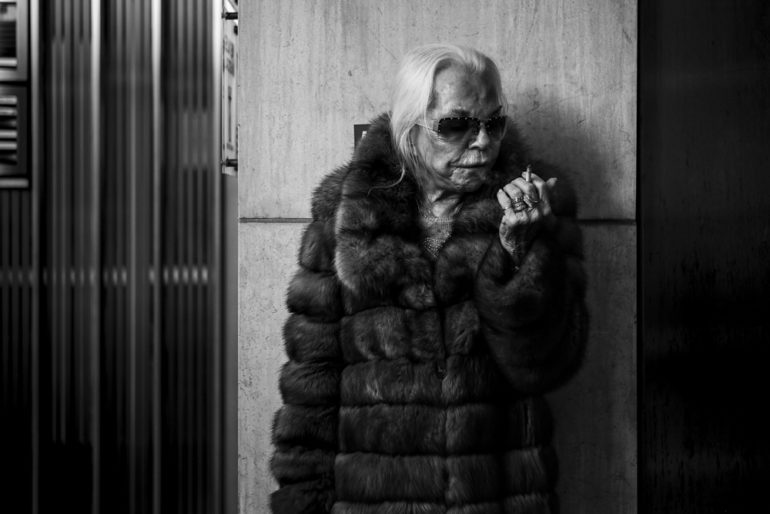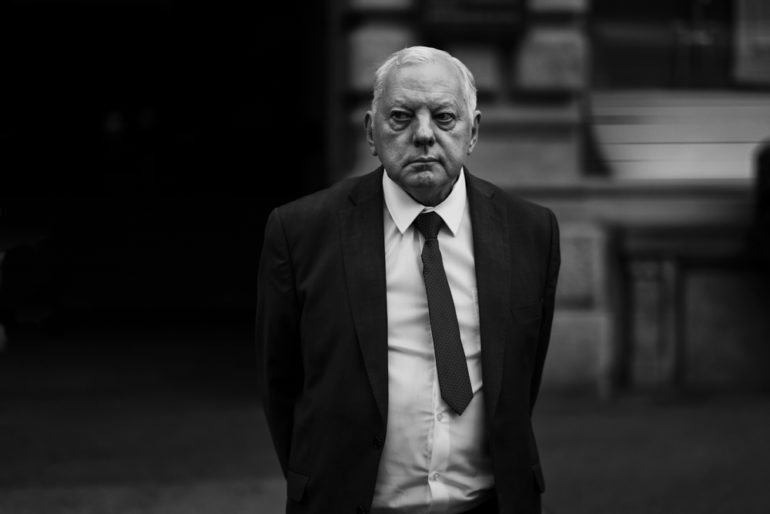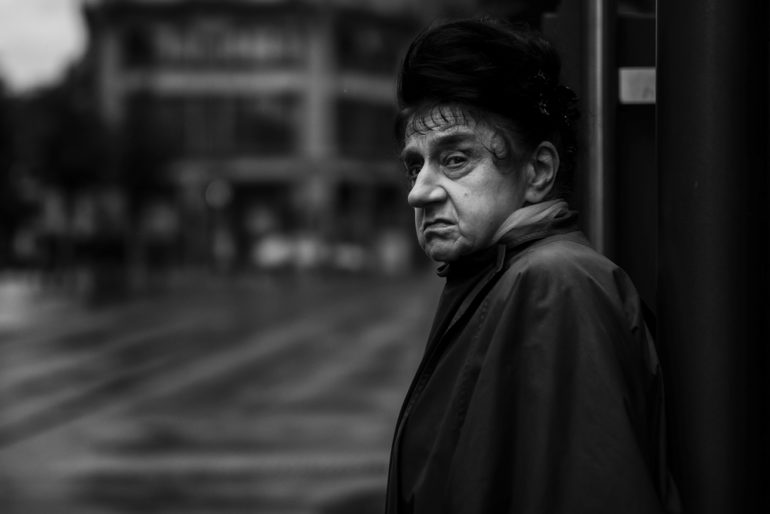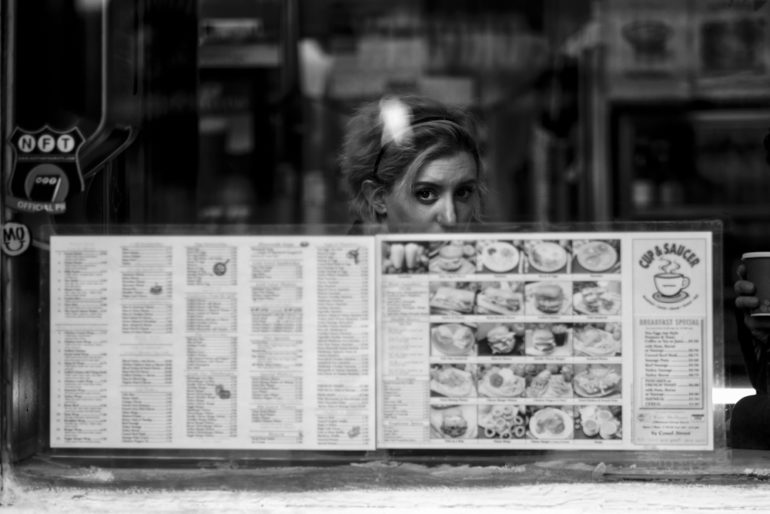Last Updated on 05/17/2017 by Chris Gampat
All images by Jens Krauer. Used with permission.
Photographer Jens Krauer is a documentary and street photographer based in Zurich. “Speaking three languages makes it easy for me to move between countries, and I travel as much as possible,” he tells us. “For nearly two years I lived in Kiev, Ukraine, watching the 2014 Revolution unfold, and I was in Hong Kong during the Umbrella Revolution.” So of course, he’s got quite a variety of work and both him and his photography have evolved over the years.
Jens’ work has been widely exhibited in Europe. He became a pro Fujifilm X-Photographer in 2016, with a love of black and white candid street portraiture. Under the Instagram handle @urbanframes, he shares a number of his candid captures; and he’s of the belief that you don’t become a street photographer; you realize you are one.
And he’s got a great argument for it.
Phoblographer: Talk to us about how you got into photography.
Jens: In 2012 I was working a corporate job, traveling a lot and felt very empty when it came to my creative self. During a long stay in Eastern Europe I picked up a camera and started to document my friends and my life there, without any ambition regarding photography overall. I have been a creative all my life and the longer I made a living working corporate I realized that this world was not going to make me happy. When photography came into play, a lot of things clicked for me. It became my aggregator that allows me to streamline my cultural background and creativity.
Back home from living in Ukraine, I shared my images with my friends. Their feedback combined with my personal joy in the process of creating images encouraged me to follow that path. So I decided to shoot and did so for nearly two years, barely showing my pictures to anybody. After those two years, I had a basic portfolio which I started to feel more confident about. The fact that good friends of mine were impacted emotionally by certain images closed the deal for me. So transporting emotion and story, combined with a notoriously curious mind motivated me to go further down that route.
Phoblographer: What made you want to get into street photography specifically?
Jens: Back home I got my first “street” camera with a mind to shoot more of “that kind of photography.” I researched the right camera for me and in the process, I came in contact with contemporary street photography. That clicked again. Coming from Hip Hop culture it was clear to me that the streets have a lot to offer; so instead of walking the streets with a bunch of friends and a backpack filled with paint, I grabbed a camera and tried to apply the same state of mind to photography. Also, street photography has a very pure element to it, you don’t need much equipment or preparation to start: One camera, one lens, a pair of good shoes and an open mind does the trick.
No matter where you go in the world the streets are the streets – you can work and enjoy the process everywhere. If you can navigate and know how to deal with people this is a never-ending journey. I find that fascinating to this day. To me, street photography is more of an approach to the medium of photography than a specific genre.
Phoblographer: Tell us about your influences and how you think their work has affected yours.
Jens: My first and most impactful influence came from everyone who made youtube tutorials or shared knowledge on blogs around that time in 2013 – great people, sharing their skills for others to learn. Many of the key techniques I use these days are compiled out of different sources that were available online. One thing led to another and I spent a year obsessively consuming everything that was available to me to learn while, in parallel, equally obsessively training on the streets. Going into that process, I realized that I had been surrounded by street photography my whole life without labeling it as such. From record covers to documentary books about street culture, as well as the books that were around when I was young: all contained that same core concept. So the creative concept and the approach at its center came easy to me.
Unlocking my artistic approach for myself led to meeting other artists working in different fields. I learned some of my most valuable lessons from them: Dealing with creativity, expectations, how to pursue creative visions over a long period of time, keeping track of what you want to achieve; the knowledge that the ultimate source of drive for an artist is creativity and that you need to find the right tool to execute it. This also defines my approach to technical aspects and cameras. The photography masters taught me to see differently and always compare my work to that better than mine, challenging myself to grow. Patience is another aspect I learned from the masters. They all worked a lifetime and invested a lot; in most cases, the result that is publicly noticed is just one incredibly good book, around a hundred images per dedicated life. That humbled me in terms of instant success and long term goals.
Phoblographer: Your work is very much about using black and white along with lighting in very specific areas and being careful with the tones. What’s influenced this creative vision of yours?
Jens: I believe it has primarily been my affinity with drawing and graphic art. I tend to think that photographers can learn a lot from painters and that I photograph in a way that I would draw the scenes and subjects myself. Black and White photography, to me, has a lot to do with the same aesthetics you can create with a pencil and a white piece of paper or an aerosol can and a wall. Street Art and Graffiti are great teachers when it comes to the dynamics of space and dealing with them as they present themselves.
A key thought in my approach is integrating the subject into the immediate environment and therefore utilizing what is given for maximum effect. I try to apply composition and light in a way a painter would. The fact that this makes the process more difficult encourages me to invest more energy into it. A lot of variables need to fall into place in order to find and capture that. That is fascinating to me. I like to put subjects and their stories into the foreground, hoping to trigger an emotion for the viewer and enable them to imagine the story behind it. An image becomes fascinating to me whenever the light, the situation and the subject give room to the story within the subject. Candid and pure emotion trumps everything in street photography.
Phoblographer: Since you began shooting, how do you feel your creative vision has evolved to get to where it is today?
Jens: I have found more direction and serenity in my photography. What was more of a general search in the beginning became a clear approach to content and emotion. The more I learned and cleared technical aspects out of the way by trying to master them, the more I concentrated on content and story. I discovered many great photographers and sub-genres of street photography that inspired me. Equally, I found a lot of images that extended my personal vision beyond street photography. Meeting other photographers made me realize the variety of different approaches producing amazing results. I truly respect many of my fellow shooters due to the sincerity and dedication they put into their craft. There is a lot of noise, and I started appreciating many artists who cut through the noise with a clear visual language and a strong message.
Phoblographer: Can you tell us about your interactions with your subjects on the streets and in public? What’s it usually like when you take a photo? Do you try to interact with them or do you just shoot the photo and go about your day?
Jens: In my current street work I only use candid shots. Therefore, I do not interact with my subjects in any way. If an interaction happens before I make the image, I will not use it as it does not transport the same for me in this line of work. I am usually noticed at some point as I aim to get eye contact with the camera rather than with myself. I try to be as invisible as possible and to make the subject forget about my presence. I do not want to be misunderstood and to pose a threat to anybody. This is, however, a difficult line to toe as a street photographer. Ethics play a major role in deciding to shoot a subject and subsequently use an image or not.
With the popularity of street shooting I believe the ethics discussion is important and needed. Cause and context matter to me. I never try to make a joke of somebody or to expose anybody for no greater cause. I only photograph people when I can empathize with them, no matter what situation they are in. The level of empathy is defined by my own life story, as is my ethic approach to what I shoot.
Phoblographer: What attracts you to a scene and a particular subject? A lot of the people you photograph seem like the “characters” that Bruce Gilden often speaks of. Everyone seems like they’ve got a particular story that in one way or another is written on their face, in their body language and told through light.
Jens: I would say it is the potential of many variables coming together to build a powerful shot. Sometimes the trigger for an image can be the smallest of things appealing to me, paired with an understanding, anticipation and intuition of what will happen next. I like to think of the variables that attract me to a particular scene as my backpack of life experiences that allow me to see stories or discover meaning in a situation that presents itself.
To me, finding those real characters is more difficult than getting the shot itself. There is a distinction between those who want to portrait a character and those who really are truly unique, and making this distinction is a good starting point to separate the two. I feel drawn to situations and characters which transcend a sense of reality or make a statement about who they are, about society itself. Real characters somehow unite all of those aspects.
Phoblographer: Tell us about the gear that you use. How do you feel it gets your creative vision across?
Jens: I am still surprised at how many photographers undervalue creative development versus gear. To me the camera is a tool who’s job is to do exactly what I want it to do when I want it, and to do that brilliantly. Given that it is my main tool, my current camera gets quite a lot of love from me as it does exactly that. I started shooting with a Sony and exchanged it for a Fuji x100s after a few months, then I bought a used X-Pro 1 with several lenses from a french photojournalist. Once I laid hands on the Fuji X-T series I was hooked.
Currently, I shoot the X-T2 and for me it’s the perfect tool for my street work. It has also shaped my style of shooting in the streets through the options it offers. My lens choices are rather minimalistic, I own a 35mm, a 50mm and a 80mm, and usually only take one with me when I head out on the streets. For my documentary work, I am looking into different cameras and formats to find an additional reliable tool which is more rooted in pre-defined concepts and narratives.
Phoblographer: Your quote and mantra is “You don’t become a street photographer, you realize you are one.” Can you speak more to us about that? What does that mean and how does one find that within themselves? Isn’t it possible for that side of them to be switched on and off depending on their mindsets?
Jens: I believe merciless self-awareness produces good work. For me, the journey was exactly that. In the process of creating work, significant steps were always grounded in self-reflection and in trying to see what speaks to me rather than imitating somebody else‘s voice. After shooting for a while, I realized that my curiosity and the way I look at life around me has not changed through street photography, it has been amplified. This quote is encouraging to follow what you believe in. When you find something that enables your vision or your story then that‘s powerful. On the other hand, no matter which genre you work in, truthful and heartfelt work always radiates that spirit of realness, in addition to the individual interpretation of the artist. An artist‘s personal connection to their work can be felt, and I personally look for that emotion in images or artistic work of any genre.
Phoblographer: In the past few years, the term “street photography” has seemed to evolve to not only include the people in the scenes but also the environment in the more fine art sense. But you and your work seems to stick to people. What are your thoughts on the evolution of the genre and do you think that too many people are getting into it these days?
Jens: I embrace diversity, evolution is part of creative fields. High amounts of output and styles usually simmer down and what is relevant will stand the test of time regardless. So besides immediate symptoms like an overwhelming amount of images being published, which might momentarily make it more difficult to keep track, there is always the chance that something new and exciting might evolve out of it and I welcome that. I am excited every time I see images that impress me, no matter whether they are street photography or just playing with the genre of street photography aesthetically. I pay more attention as to whether this is done with love, care, creativity and providing an artistic value.
Phoblographer: Where do you see yourself as a photographer within one year and how do you plan on getting there?
Jens: The street will always be my playground. I am currently doing more documentary and narratively driven work. I am working on different projects that I will produce this year. I love to tell powerful stories and put a purpose behind the use of a camera. I am also fascinated about at the transformation of photojournalism and the new deliverables and profiles that the development brings along. As to how, the answer is rather simple: by working and executing, taking action and transforming ideas to reality. Creativity and the process of realizing ideas is an amazing journey.
For more of Jens’ work check out his Facebook page and his Flickr.


